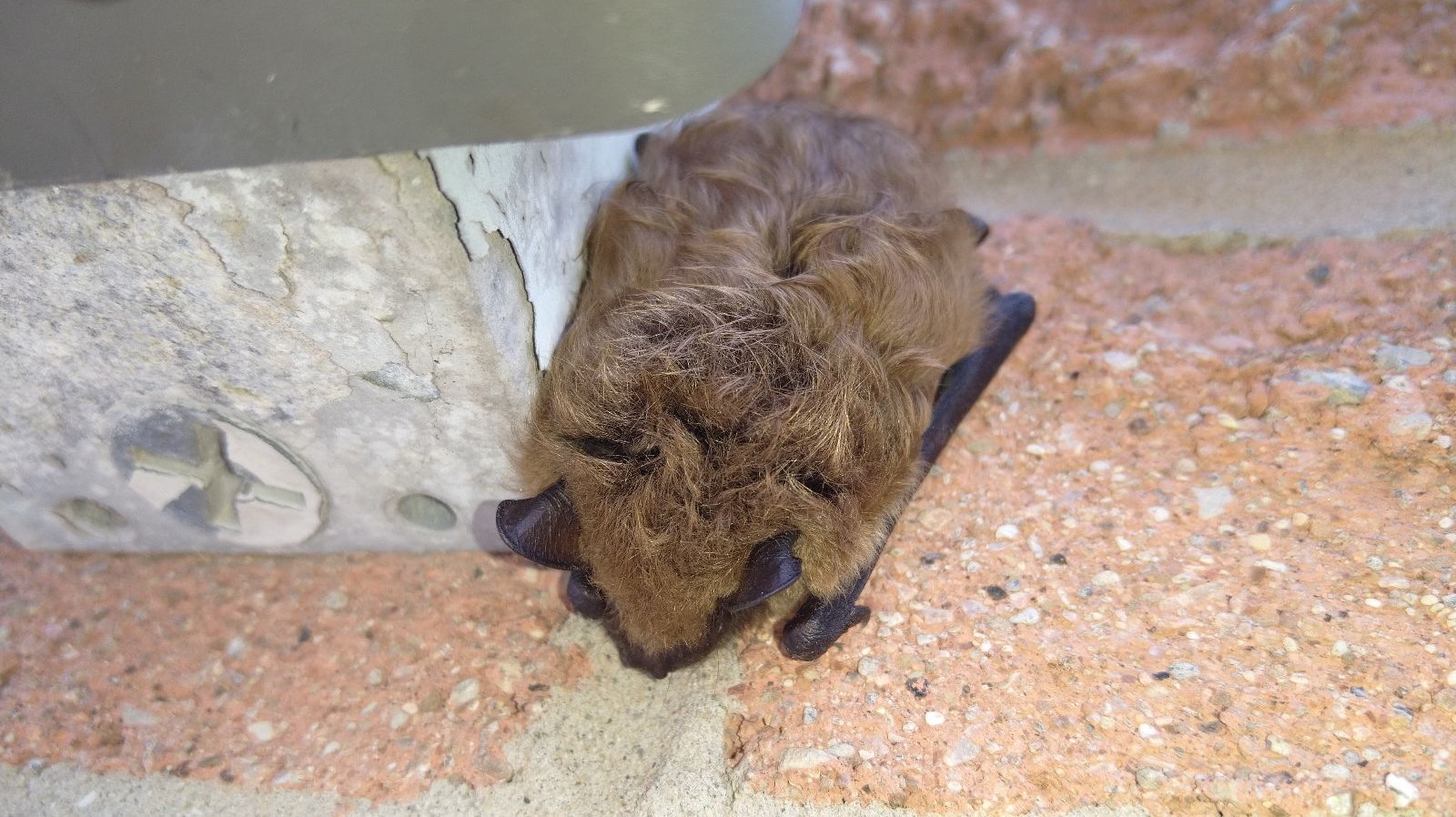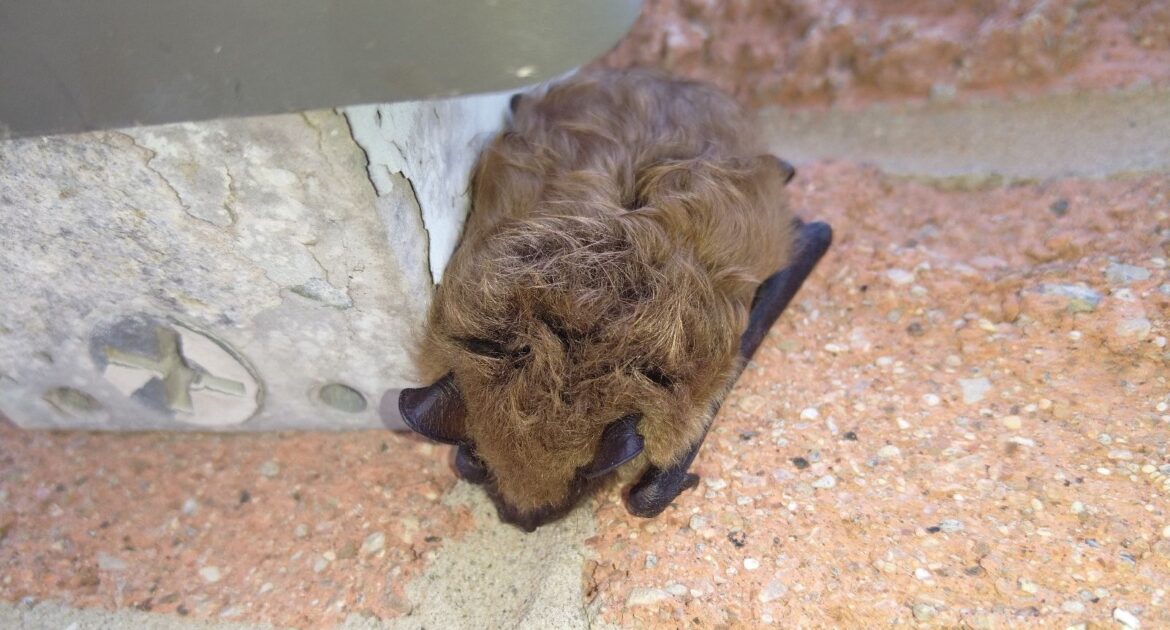Bats play an essential role in our environment, but when they roost in your home, they can cause serious problems. One of the most obvious and concerning signs of a bat infestation is the presence of bat droppings, or guano. Recognizing bat droppings and stains is critical for identifying infestations and addressing them quickly. Without action, these uninvited guests could harm your health and your home.
For homeowners in Guelph, fast, professional help is the best way to handle this issue. DIY approaches may be tempting, but often fail to solve the root problem. From bat droppings identification to removing the animals safely, professionals like Skedaddle Humane Wildlife Control ensure a lasting solution. Let’s take a closer look at how to recognize the signs, understand the risks, and resolve infestations with expert help.
How to Spot Bat Infestation Signs
Bats aren’t always easy to locate, but there are clear signs you can check for if you suspect they’ve made their way into your home. Knowing these warning signals can save you time, money, and further damage. Here are some bat infestation signs:
- Bat Droppings (Guano): Guano around entry points or beneath roosting areas is the most obvious clue. These small, dark droppings crumble easily and often leave behind shiny flecks from bat diets of insects. Large accumulations are a clear indicator that bats have taken up residence nearby.
- Grease Stains at Entry Points: Bats entering and exiting your home leave greasy marks on walls, soffits, or other surfaces. These stains come from the oils on their fur and are often found around small cracks or gaps.
- Unusual Noises: Have you noticed scratching, fluttering, or high-pitched chirping sounds? Bats are active primarily in the early morning and evening hours, and their movement is often heard in attics or even inside walls.
- Strong Odour: Bat droppings and urine together create a strong smell similar to ammonia. If you’ve detected this smell but haven’t pinpointed the source, bats could be the underlying reason.
Once you notice these signs, it’s time to act. Handling a bat infestation quickly ensures you’ll minimize structural damage and health risks.
Why It’s Important to Identify Bat Droppings
Bat droppings identification isn’t just about spotting the guano itself; it’s also critical for uncovering serious risks before they escalate. One major concern is the impact on your health. Bat droppings can carry a fungus called Histoplasma capsulatum, which causes histoplasmosis.
This is a respiratory illness that can develop when fungal spores are inhaled, and it can be especially dangerous for people with weakened immune systems. Beyond health issues, bat guano is also highly acidic, which means it can cause significant structural damage if left untreated. Over time, droppings can corrode wood, insulation, and even metal, resulting in costly repairs to restore your home.
Additionally, guano can attract other pests, such as cockroaches, which leads to an entirely new infestation to manage. Because of these risks, it’s essential to clean bat droppings safely and professionally. Improper handling without the right protective gear and techniques can spread harmful spores into the air, increasing danger to both your health and your home’s structural integrity.
How Professionals Address Bat Infestations
Once you’ve confirmed you’re dealing with bats, calling in experts is the safest, most effective route. Professionals have the tools, training, and experience to handle the problem without harm to you, your home, or the bats. Here’s how we at Skedaddle Humane Wildlife Control in Guelph tackle bat infestations:
- Inspection: Trained professionals begin with a thorough inspection to locate bat entry points and assess the extent of your infestation. This includes identifying bat droppings and stains as well as other potential signs.
- Humane Bat Removal: Skedaddle uses specialized one-way doors. These doors allow bats to exit your home but prevent them from returning. This technique ensures the animals are removed without harm.
- Clean-Up: After bats have been removed, dealing with bat droppings safely becomes the next critical step. Experts use protective gear and industry-grade solutions to clean and disinfect affected areas completely.
- Prevention Measures: Professionals seal all entry points to keep bats from returning. Gaps, vents, and other access points are secured to protect your home long-term.
This comprehensive approach addresses the problem at its source and ensures it won’t return.
Cleaning Bat Droppings Safely
Dealing with guano left behind is a critical step in addressing a bat infestation. From health complications to lingering smells, leaving droppings uncleaned can lead to bigger problems. Proper cleanup requires both skill and the right tools. Here’s how professionals handle it:
Personal Protective Gear
When cleaning bat droppings, safety is the top priority. Professional teams wear gloves, masks, and full protective suits to ensure they aren’t exposed to harmful spores or bacteria. Without this gear, spores from bat guano can become airborne and potentially spread fungal infections like histoplasmosis. These suits act as a shield, not only protecting the workers but also preventing the spread of contaminants throughout your home. By using this gear, professionals make sure the job gets done safely for everyone involved.
Spore Disinfection
Bat droppings often contain Histoplasma fungi, which can cause breathing problems if disturbed. To tackle this, professionals spray a special disinfectant over the affected area. This solution kills harmful fungi and bacteria, stopping them from spreading into the air. It also helps to eliminate the strong ammonia-like odour that accompanies bat droppings. Disinfection is an important step because it ensures that once the area is cleaned, it won’t leave behind health risks for your family or pets.
Proper Containment and Disposal
Simply scooping up bat droppings and tossing them in the trash is not an option. Professionals carefully collect the guano, bag it to prevent any spores from escaping, and dispose of it according to strict health and safety laws. Proper disposal also prevents secondary pest infestations, as guano can attract insects like flies or beetles. By safely containing the droppings, experts ensure the mess is fully removed from your home without causing further issues.
Damage Repairs
Bat guano is acidic, which means it can eat away at materials in your home. Wood, insulation, drywall, and even your attic floor can be damaged over time if droppings are left untreated. Professionals don’t just clean up; they also assess the area for damage and make any necessary repairs. This could involve replacing insulation, patching holes in wood surfaces, or repairing structural components that have weakened. Fixing these issues ensures your home is not only clean but also restored and safe for the future.
Without the right experience, attempting to remove guano can make matters worse. Our professional clean-up ensures your home becomes safe and liveable again.
Preventing Future Infestations
Once a bat infestation has been resolved, the focus should shift to prevention. Keeping bats out of your home requires consistent effort and maintenance. A few simple measures can protect your home for years to come.
- Seal Small Gaps: Bats only need a gap the size of a dime to enter. Regularly inspect your home for cracks in walls, gaps in siding, or loose shingles, and seal them properly.
- Vent Covers: Install fine mesh over attic vents to stop bats from slipping through while still maintaining ventilation.
- Trim Trees Near Your Home: Bats are drawn to shaded areas. Keeping tree branches trimmed and away from your roof can make your home less appealing.
- Schedule Inspections: Plan periodic professional assessments to catch any early warning signs before they develop into bigger issues.
Being proactive will help you avoid the stress and complications of another infestation.
Need Help? Call Skedaddle Humane Wildlife Control
Think you’ve spotted bat infestation signs in your home? Don’t wait until the problem worsens. Bat droppings identification confirms their presence and signals it’s time to act. Professional intervention prevents health risks, damage, and repeated visits from unwanted guests.
Skedaddle Humane Wildlife Control in Guelph is here to guide you through every step of the process, from safe removal to prevention solutions. With our humane one-way doors and experienced team, we ensure bats leave without coming back.
Reach out to Skedaddle to request an estimate and get started on a bat-free home. Our expert services ensure your property stays safe, clean, and secure for years to come.




